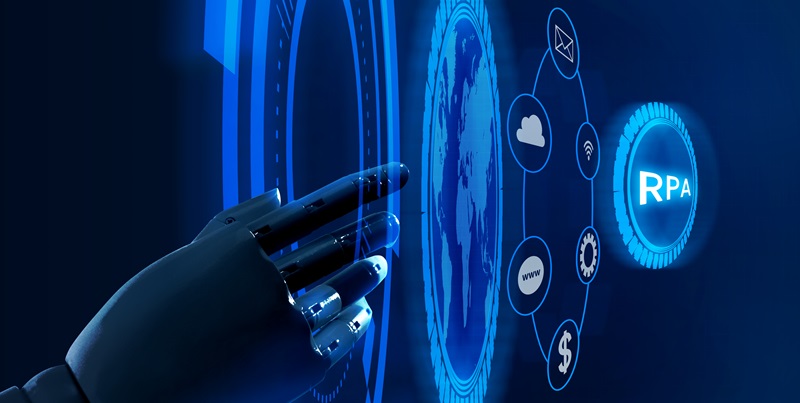In a recently released report, the General Services Administration’s (GSA) Office of Inspector General (OIG) highlighted critical security flaws in GSA’s Robotic Process Automation (RPA) program, sparking concerns about the integrity of the system that aims to automate repetitive administrative tasks. The RPA program, which uses bots to perform operations like copying data, filling out forms, and sending emails at high speed, poses significant risks to GSA’s systems and data when security measures are inadequate. The OIG report underscores the necessity for GSA to augment its RPA program’s security measures to mitigate these risks and enhance overall system security.
OIG’s Findings on GSA’s RPA Program Security
Non-Compliance with IT Security Requirements
The OIG report made it clear that GSA’s RPA program failed to comply with its own IT security requirements, which led to numerous vulnerabilities within the system. These requirements included crucial aspects like baseline monitoring, weekly log reviews, and annual bot reviews—procedures that are fundamental to maintaining the security and proper functioning of automated systems. Instead of addressing these vulnerabilities, GSA management decided to either remove or relax these critical security requirements, further exposing the system to potential threats.
The failure to comply with these security protocols meant that the system security plans for 16 systems accessed by the bots were not updated according to the RPA policy. This gap in compliance is significant because it means that potential vulnerabilities could be unmonitored and unchecked, providing opportunities for cyber threats to exploit these weaknesses. The OIG has emphasized that it is crucial for GSA to perform a comprehensive assessment of its RPA policy to ensure it is effectively designed and executed. This would involve reinstating the established security protocols and ensuring strict adherence to them.
Flawed Access Removal Process for Decommissioned Bots
Besides the non-compliance with IT security requirements, another significant issue highlighted in the OIG report was GSA’s flawed access removal process for decommissioned bots. When bots were no longer in use, GSA had not established a reliable method for removing their access, leading to prolonged and unnecessary availability. This extended access increased the risk of system and data exposure, as decommissioned bots could potentially be manipulated to access sensitive information.
The OIG recommended that GSA develop a robust process for removing access from decommissioned bots to minimize these risks. Their suggestion included creating oversight mechanisms to enforce policy compliance rigorously. This would ensure that once a bot is decommissioned, all its access privileges are promptly revoked, thereby eliminating any chance of unauthorized access. Implementing such mechanisms would play a vital role in securing GSA’s systems and maintaining the integrity of the data handled by these bots.
GSA’s Response and Future Steps
Acceptance of OIG’s Recommendations
Despite not entirely agreeing with the OIG’s findings, GSA accepted all the recommendations put forth, showcasing a willingness to rectify the identified issues. GSA management provided additional context to their decisions but acknowledged the necessity to bolster the security framework governing their RPA program. The agency is in the process of developing a comprehensive plan to address each of the recommendations, which signifies an important step towards ensuring the security and efficacy of its RPA initiatives.
GSA’s acceptance of the recommendations includes performing thorough assessments of the current RPA policies and reinstating essential security measures that were previously relaxed. This involves adhering strictly to baseline monitoring, weekly log reviews, and annual bot reviews to maintain robust oversight over the automated tasks performed by the bots. By committing to these actions, GSA aims to improve its overall security posture and reduce the risks associated with its RPA program.
Commitment to Enhanced Security and Effectiveness
In a recent report, the Office of Inspector General (OIG) of the General Services Administration (GSA) identified critical security weaknesses within GSA’s Robotic Process Automation (RPA) program. This revelation has raised significant concerns regarding the integrity of a system tasked with automating repetitive administrative duties. The RPA program employs robotic bots to perform high-speed operations such as copying data, completing forms, and sending emails. However, the OIG’s findings indicate that these bots pose significant threats to the security of GSA’s systems and data if proper security measures are not in place. Key vulnerabilities include potential unauthorized access and data breaches, which could compromise sensitive information. The report explicitly underscores the urgent need for GSA to bolster the security protocols governing its RPA program. Prominent suggestions include implementing advanced encryption, more rigorous access controls, and continuous monitoring systems to detect and prevent security risks, thereby ensuring the program’s safety and reliability.

